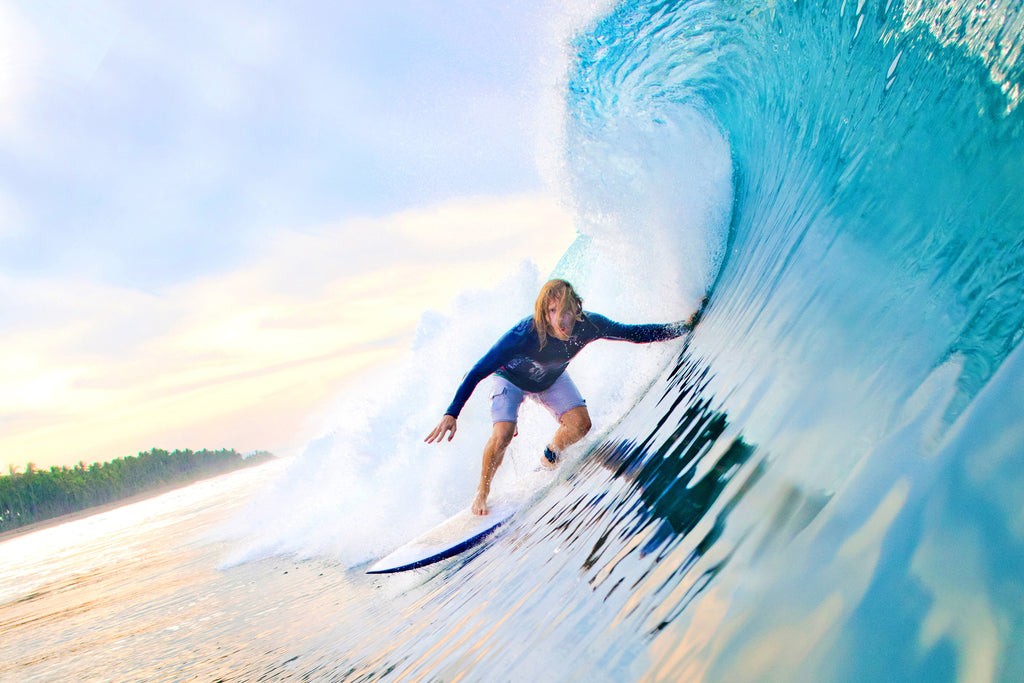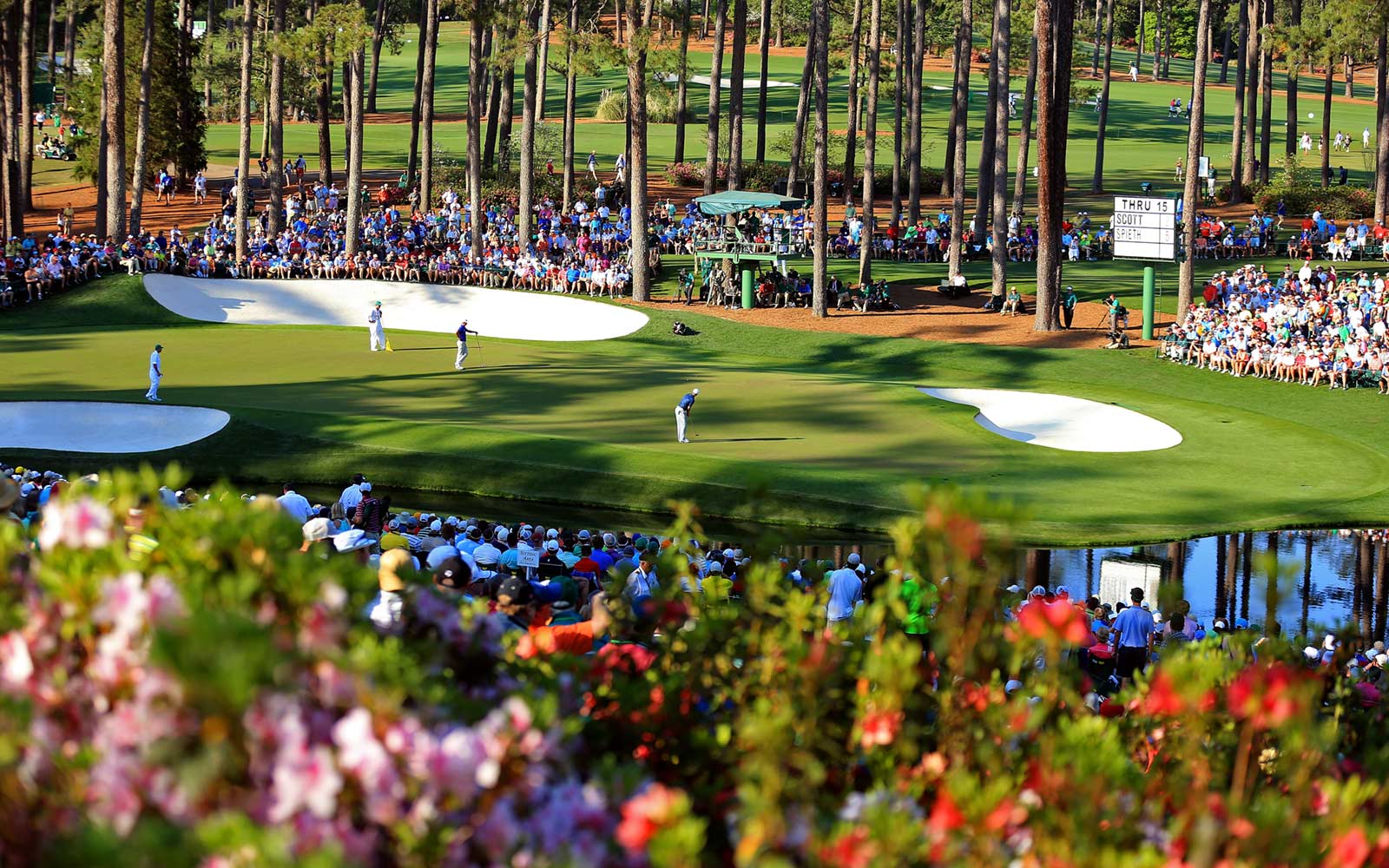Surfing is not a particularly dangerous sport – you are much more likely to die on the freeway than riding a wave – yet tragedy does happen.
The rush, danger and sheer joy one gets flying down the face of a mountain of water is unmatched. Here are nine of the most dangerous waves on the planet.
Banzai Pipeline. Located on the North Shore of Oahu, Pipeline is one of the heaviest – and unquestionably the most deadly – wave in the world. Hollow and powerful lefts and rights [backdoor] break just over the beach over a jagged coral reef. Pipeline has taken more lives than all other surf spots combined. Despite its dangerous reputation, Pipeline remains one of the most crowded and intense lineups in the world. “You’re always right on the edge at Pipeline,” says veteran big wave surfer Gerry Lopez. “You’re always hanging by your fingertips: you never really have it under control.”
Just down the Kamehameha Highway from Pipeline, on Oahu’s North Shore, sits the cove that houses the granddaddy of them all – Waimea Bay. It remains the standard for big wave spots around the world. Home of the Eddie Aikau Big Wave Invitational for four decades, one of the most respected surf events in the world, the Invitational is only held here when the surf is 25 feet or bigger. Featuring a neck-snapping shore break and wave faces that can reach 60 feet, Waimea packs a life-threatening punch. “At Pipeline, it’s white when you’re underwater,” said famed Hawaiian surfer Dennis Pang, “and at Sunset it’s gray. Waimea is black.”
Located just off the 18th hole at Pebble Beach Golf Links sits Ghost Tree, a surf spot scarier than Mavericks and heavier than Waimea Bay. Ghost Tree is colder and more shark-infested [including Great Whites] than most breaks in the world. California’s heaviest wave is a freight train in the water. This deadly right-breaker is typically a tow-in wave. On a good day, its steel gray face reaches 80 feet with a tube that stretches as long as a football field across a lethal boneyard of black rock.
Teahupo’o [Te-a-hu-po-o, also known as CHO-PO] is regarded as one of the most challenging surf breaks in the world. It is located on the southwestern tip of Tahiti, the main island of the French archipelago in the Pacific Ocean. The top-heavy left breaks a half-mile out to sea and barely covers a living, razor-sharp coral reef. Fomerly called Kumaya, Teahupo’o means “to severe the head,” paying homage to the tribal battles that occurred on the island hundreds of years ago. In August 2000, Laird Hamilton ripped Teahupo’o in the film documentary Riding Giants. It is considered the heaviest wave ever ridden.
Dubbed the Mexican Pipeline, Puerto Escondido may be the only wave on the planet to have claimed as many lives as the real Pipeline in Oahu. Unlike other beach breaks, there is a massive sub-surface canyon just offshore of the break that funnels big south swells into a concentrated stretch of beach. The result is an ultra-violent wave that breaks hard over packed sand.
Situated off the south end of the island of Tasmania, on Australia’s Tasman Peninsula, Ship Stern Bluff is a wave shaped much like Teahupo’o. Reputed to be one of the wildest and deadliest surf locations in the world, Shippies is difficult to access. Surfers must choose between a two-hour hike around Tasman National Park or face a bumpy 18-mile boat ride from the coast. The bottom at Ship Stern is a slab of granite, and the wave breaks right in front of a dangerous pile of boulders.
Dungeons is located off the South African coast near Hout Bay, Capetown. It is a cold and forbidding stretch of water that faces the great South Atlantic Ocean. Dungeons features a harrowing right, smack-dab in some of the most shark-infested waters in the world. Gigantic underwater boulders and hold-downs that can be longer than any other big wave spot on the planet make Dungeons wicked. Site of Red Bull’s Big Wave event since 2000, the wave got its name from a local who was held under for two consecutive 25-footers.
Kurnell National Park in New South Wales, Australia, is home to Ours, a hollow, fast, powerful right-hander that breaks in front of a large cliff face. Home to the notorious surf gang known as the Bra Boys, who began surfing at Kurnell in 2005 and renamed the break Ours, the wave requires surfers to race through a deadly barrel that most want no part of.
Cyclops may be the least-surfed wave on our list, and with good reason. Located on Western Australia’s southern coastline, seven hours from Perth, Cyclops can only be reached by boat. This underdog wave may have the heaviest, thickest lips in the world. “It’s borderline impossible to surf,” says Mark Matthews, one of the Bra Boys. “There’s way too much deep-water power folding onto a reef that’s about an inch off being dry rock.” Add razor-sharp coral and a wave that engulfs itself, and you’ve got the makings of a deadly situation.
Pe’ahi – also known as Jaws – is a surf break on the North Shore of Maui. From December to March, waves can exceed 60 feet. The opening sequence of the James Bond film, Die Another Day, was filmed at Jaws in 2001. The giant waves, caused by an underwater ridge, require surfers to tow in, while the lookouts on the cliffs above the break provide some of the best vantage points on Earth for spectators and photographers.









